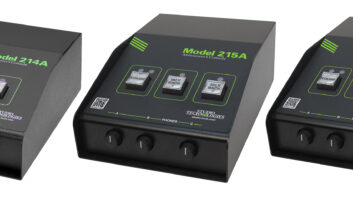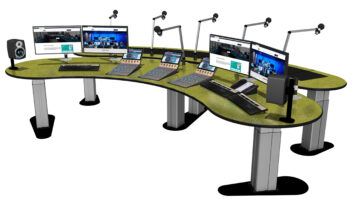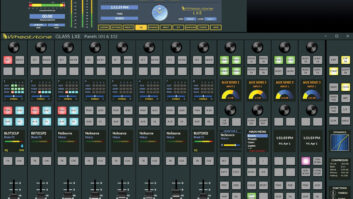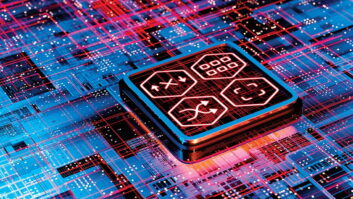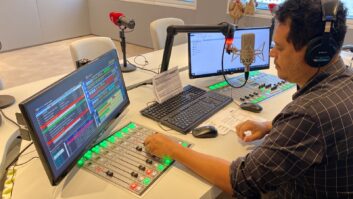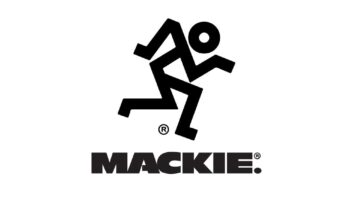
In a series of articles, we’ve been exploring the question: ‘What should radio console buyers know about developments in this product class?”
Henry Goodman is director of product development at Calrec. An earlier version of this interview appeared in the RW ebook “Trends in Consoles.”
Radio World: What’s the most notable trend in console design, as seen in recent models or those coming soon?
Henry Goodman: The radio industry is a fast-paced dynamic environment, where stations need to be flexible enough to continually change and develop the programming they deliver. The ability to reconfigure and reshape the operator interface to meet the needs and styles of different program workflows and operator preferences is seen as key to success. Being able to present differing control interfaces to meet the needs of a simple self-operator set up one day, and a more complex multi-guest environment the next, without having to change your hardware, has clear advantages.
Creating very modular hardware with soft user-definable elements opens up the opportunity not only to change the console interface depending on the type of show being produced but also to tailor the interface to the needs and desires of individual operators.
It is clear that IP and touch technologies will enable the flexibility for consoles to customize complex workflows yet present them in a simple and efficient interface.
[Read “How to Choose Your Next Radio Console”]
The widespread acceptance of open IP standards has also provided the opportunity for manufacturers to create a very stable and flexible backbone that can be used across multiple radio operations.
As a console designer and manufacturer, Calrec’s challenge is to create a product that exploits this opportunity to create products that work for multiple workflows, from small simple solutions to large complex networks. Manufacturers are looking to design things that can integrate into many environments yet be simple and easy to use.
RW: As a manufacturer, what demands do you hear from buyers today that are different from years past?
Goodman: Today there is a much greater expectation of what an audio console does. It is no longer just about the number of input and output channels but much more about how it works within the station environment. This covers many aspects, from how easy the installation is to how well the console interacts with the other equipment and software. Integration in the widest sense.
Centralization of operator controls and condensing multiple systems into a united workspace to simplify operation allows talent to focus on content rather than creation. This demands an open approach to how consoles work with other systems so that tighter integration can be achieved.
IP is an enabler for many modern console innovations. Tighter integration with third-party systems such as playout and phone systems are essential in any new installation — in fact, as manufacturers we are a far more closely-knit community than we were 10 or 15 years ago!
Being able to communicate with third-party equipment simplifies workflows, and customers are looking for centralized control over these systems on the console surface UI. Initiatives like user-definable soft panels are forward-thinking features that can place as much control as possible in one place.
RW: What will the console of the future look like, if we use one at all?
Goodman: Consoles are so much more than audio controllers, and as we hurtle towards interoperability, the traditional idea of what an audio console is will be less and less relevant!
In the future there is likely to be more of a shift to decentralization of facilities and operator environments. As is so often the case, IP is a facilitator; it enables initiatives like the BBC’s VLOR project to experiment with how they control information and how they prepare for broadcast. It gives customers the ability to be more geographically diverse, with a core in one state and a mixer in another state or country — it breaks down physical boundaries and barriers.
Consoles will have to be flexible to provide a way of interacting with all this information from wherever it is — it may be from a more traditional studio environment with a physical surface, or it could be a web-based GUI that is accessed from anywhere. Operators may need a very simple user interface, or all the controls needed for a full production console. Consoles will have to mold to what is needed, and as a station’s requirements evolve, the console will need to evolve with it to provide customization across networks and changing control protocols, as well as surface personalization. Calrec’s Type R guarantees stations are not only able to keep pace with changing demands but provides the opportunity to ignite their audiences with new and innovative programming.
RW: What does the next generation of user interface look like?
Goodman: We use a lot of the same words to describe how customers interact with technology: flexible, adaptable, virtual. Traditional user interfaces for consoles are already limiting how customers can adapt to new opportunities that rapidly changing technology is providing.
For example, this year the effects of Covid-19 have accelerated and amplified a need for more virtualized control surfaces, and we have been working with customers all over the globe to help virtualize their productions. This give people the opportunity to work from home or from other safe locations and access the same broadcast-specific features they need to mix program.
This is how it should be — user interfaces should be able to provide whatever the customer needs. On a basic level, this might be just limiting access to features that an operator doesn’t need, such as loading different setups between shows so everyone can feel comfortable operating it. Calrec already does this using soft panels that can be laid out to present just what the operator wants to see down to the individual control level.
On a larger scale, we’ll see the same core hardware with multiple elements, which can be flexed to be anything the customer needs. This might be more or fewer physical fader panels, or the opportunity to use an entirely browser-based UI. Panels with user-defined access to features depending on who is using the studio, what the program is, or what the operator needs to achieve. More faders which can be added for a live band mix, or no faders for a fully automated setup.
The user case for the next generation of user interface will be defined by the application, not limited by the hardware.






